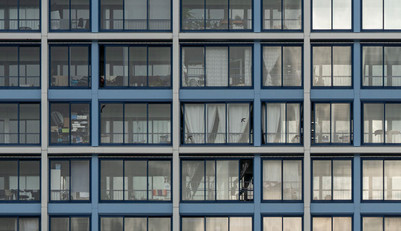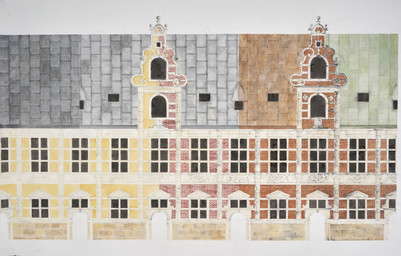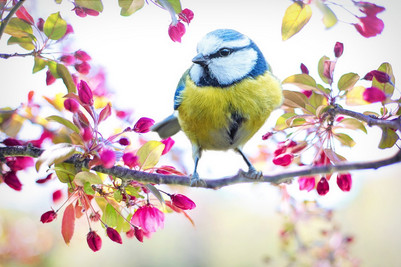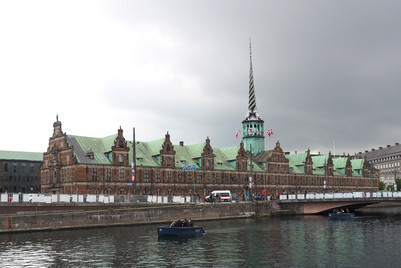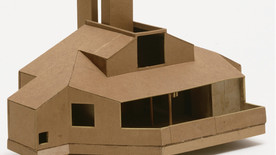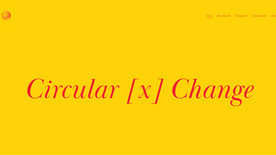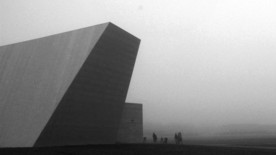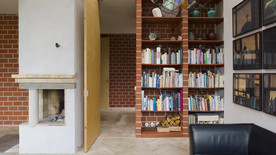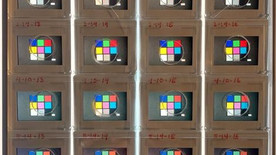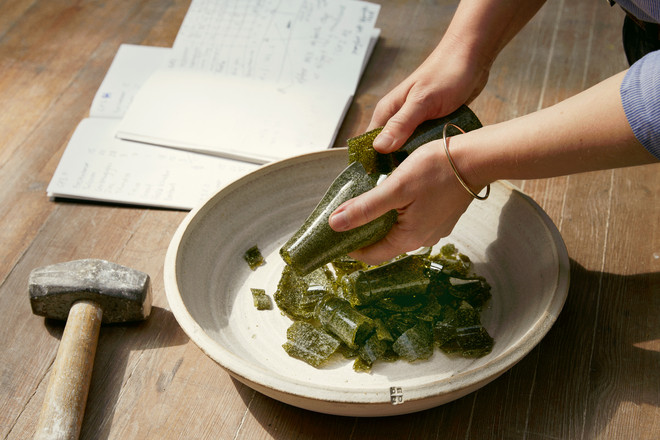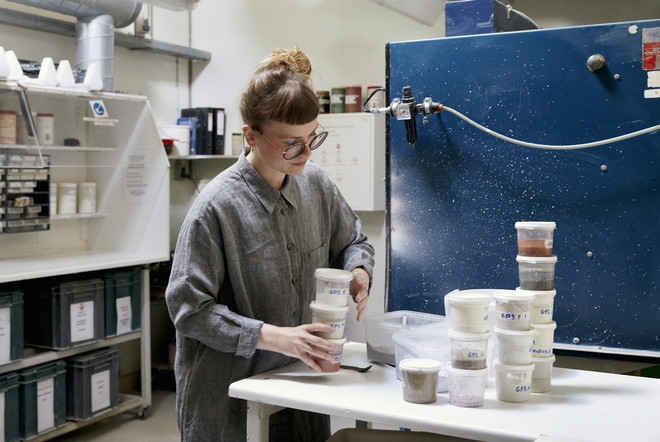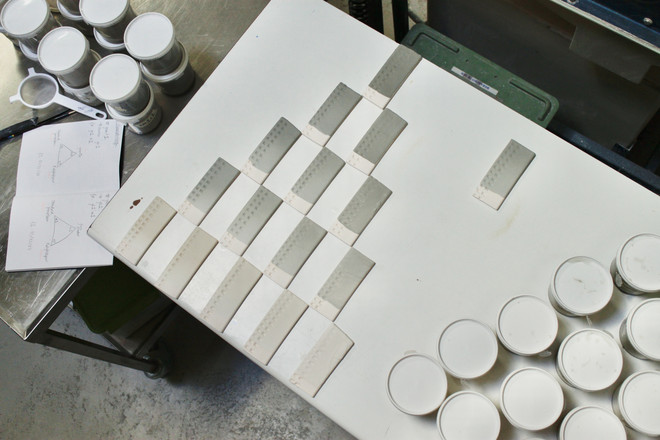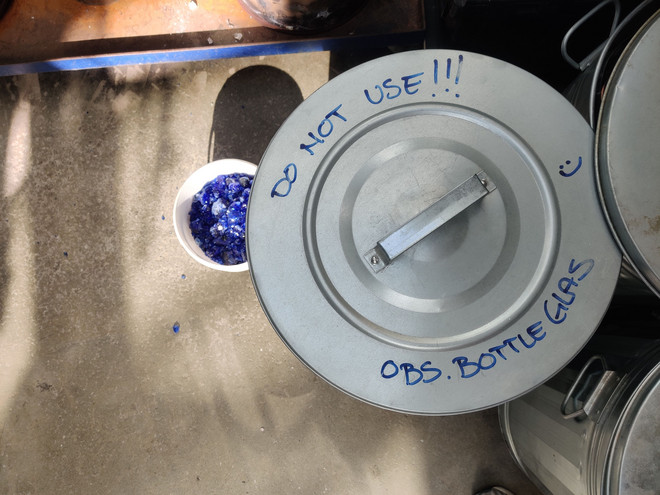

REPLATED
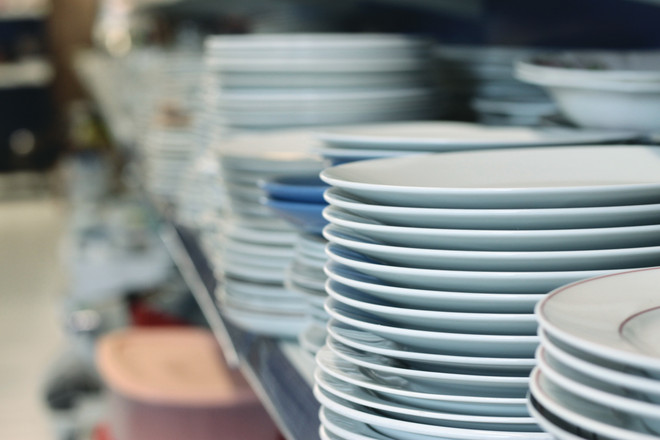
REPLATED is a research-based project exploring the boundless possibilities of the resources around us, in the field of ceramics and ceramic glazes.
These investigations strive to give renewed life onto industrially produced porcelain plates that have been discarded by their users, yet still functional.
I experiment with glaze materials that are either biproducts of industry or found in nature, ingredients that historically have been used for ceramic glazes. These materials being recycled glass and materials from Bornholm’s subsurface such as clay and granite. The resulting colours and textures depend on their chemical composition and region of origin, which are enhanced with a few traditional glaze elements.
When I am replating the anonymous white plates with my glazes, I am—as a jeweler who is gold- plating a silver ring—changing their surface, perception, and value. The plates are transformed from an anonymous ‘no-design’ by adding a layer of craft and ceramic quality.
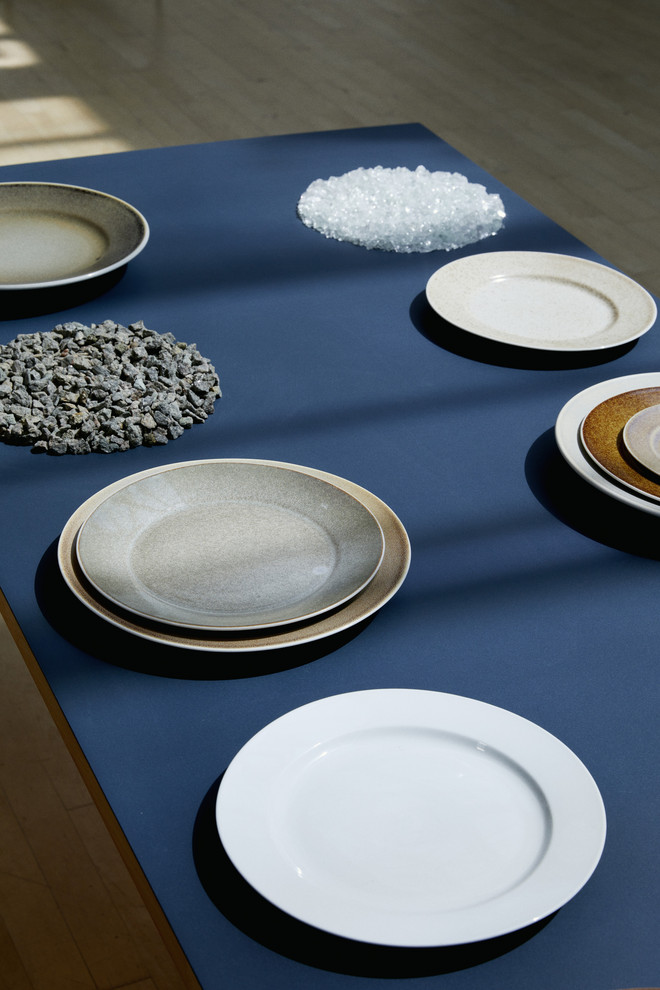
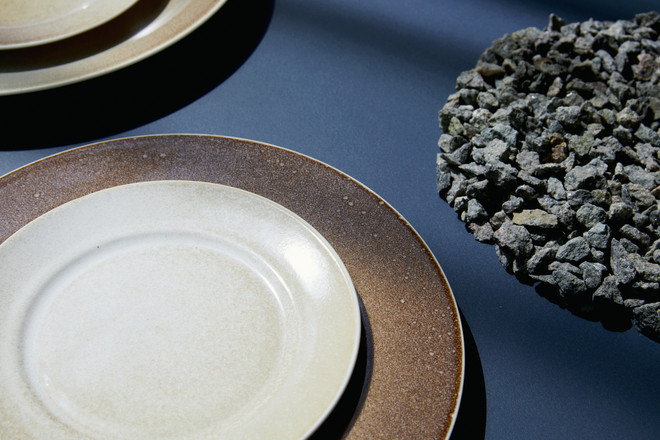
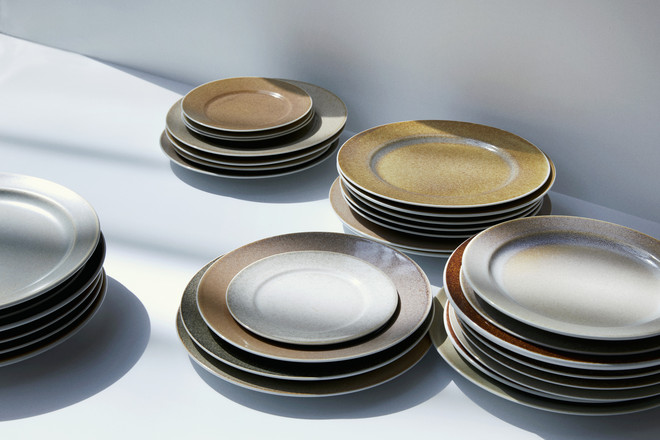
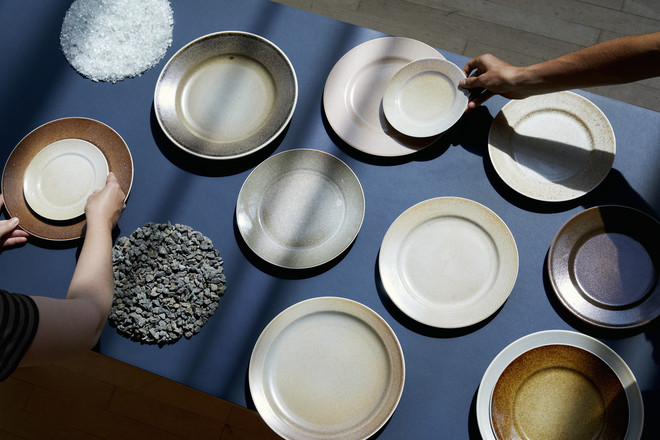
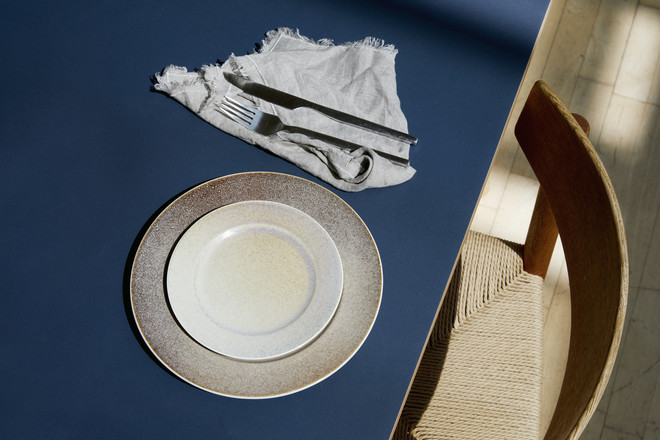
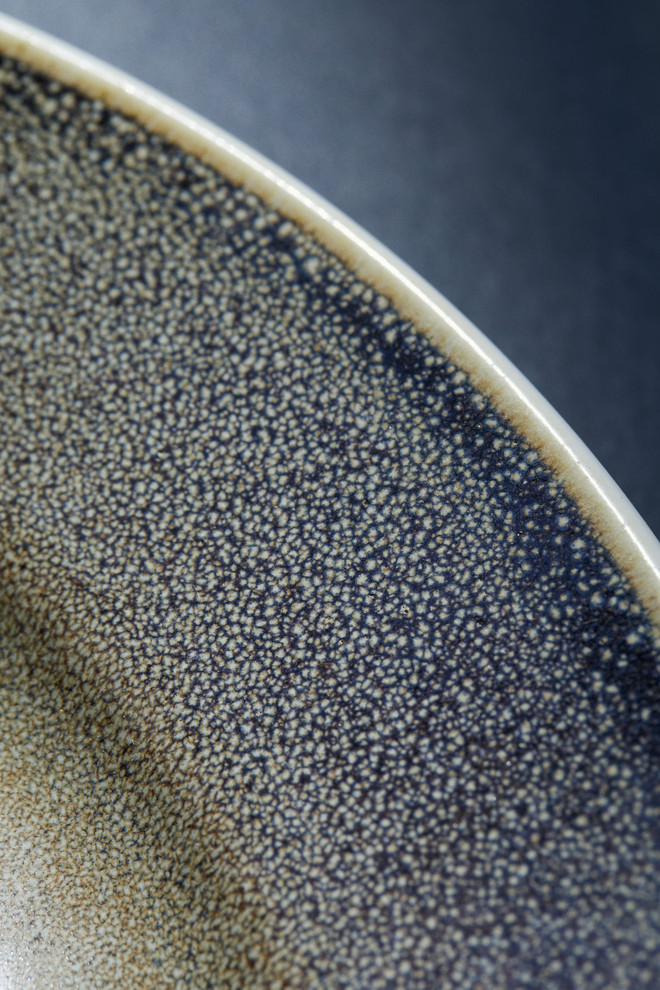
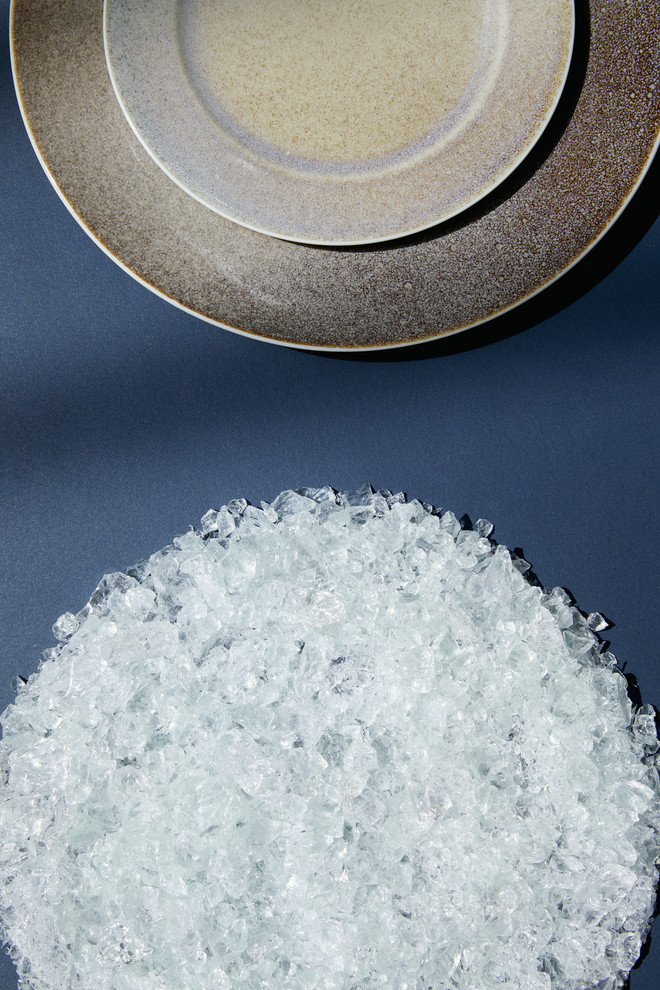
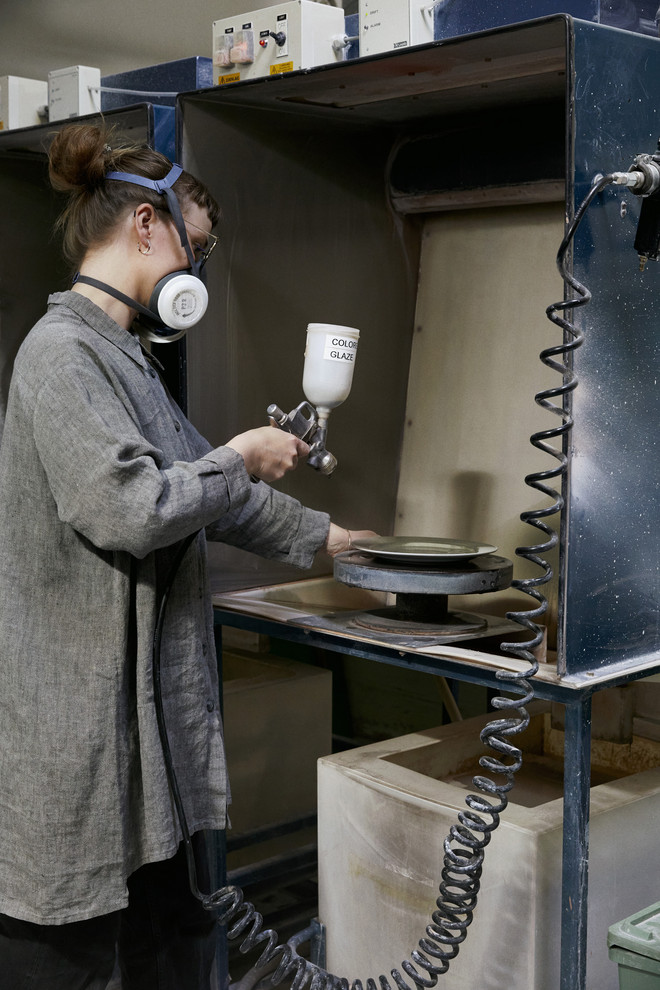
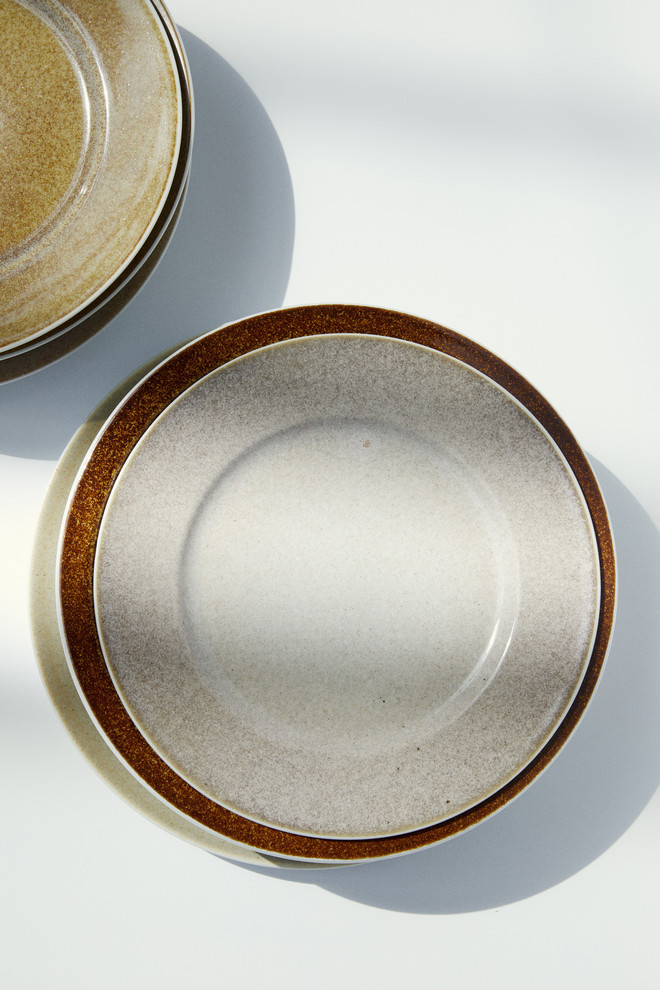
Maker's statement
Ceramics is stories bound into materials. The firing turns materials into a snapshot of time, history, and geography. When and where was the materials found or dogged and what did they experience before I included them in ceramic pieces?
The materials are my colleagues. I care for them, and I care for their stories, whether they are found in nature or at the bottom of a trash bin.
The stories are told through the material’s own colors, surfaces, and textures, either in the clay body or in the glaze.
I ask my materials and they respond with their natural behavior.
I am attracted and intrigued by our unpredictable teamwork. This is what keeps me developing and researching.
When I combine found, passive materials and activate them in my work, I believe that the materials can live anew in the hand of a user.
I work systematically and within a tight frame of dogmas or concepts. I plan, I create. I examinate, I reflect, and I do it again.
This rhythm makes the work develop slowly and steady.
As a collaboration between me and my materials and our common language, the ceramics.




